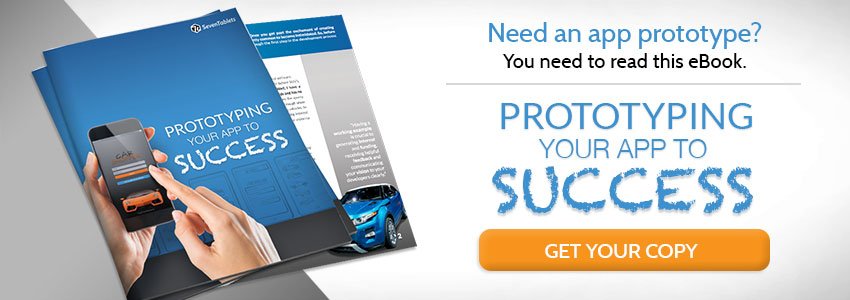Pokemon GO was amongst the first mobile apps to bring augmented reality (AR) into the mainstream consciousness. Aside from compelling grown adults to run through random yards (and occasionally, traffic) in search of fanciful characters, the AR app grossed over $600 million in its first three months on the market. In fact, some are predicting that AR technology will become a $108-billion-dollar-per-year industry by 2021.
As with anything involving new and complex technology, augmented reality applications can be challenging to develop. So what should you keep in mind when you hire a developer and prepare to start creating your new AR app?
Verify that AR is the Right Technology for Your Need
Is augmented reality right for your app? Can you achieve your objectives with this particular type of technology? It’s important to realize that it may not be possible or practical to integrate augmented reality technology into your app. For instance, it could be too costly and logistically complex to keep the app properly updated, particularly if you’re applying AR to a highly dynamic environment. So before you go hunting for the perfect AR mobile app developer, speak with an AR expert to verify that this technology is right for your vision and your users’ needs.
You’ll also need to ensure that any underlying technology will work for your project. For example, your app’s AR interface may require object recognition technology, but you could find the app fails to differentiate between very similar items. So, you may need to wait until the underlying technology advances to a point that allows for app viability.
Remember, it’s unwise to integrate a particular technology solely for the sake of creating an app that appears to be innovative and cutting edge. While technology like AR can certainly add an element of novelty, you may fail to see a solid return on investment if the feature lacks true usefulness. On the other hand, when your app features AR in a way that’s genuinely functional, useful and engaging, you’re far more likely to have success.
Identify What Elements or Functionalities Will Feature AR
The typical mobile app has several features and functions, so you should consider precisely which elements of the application’s user interface (UI) will feature AR technology.
It’s not uncommon for a company to approach a mobile developer with a single functionality or feature in mind for the inclusion of AR. But a closer examination may reveal other areas of the app where you can integrate AR or even virtual reality (VR). Often, the cost to integrate AR into multiple areas of the app turns out to be much less than initially expected, so it can be beneficial to explore this possibility as you enter into your project’ active development phase. It’s best to begin by considering what other AR-equipped features users would find most useful and appealing.
Decide How the App Should Respond if Augmented Reality Renders Poorly
Let’s say one of your users has a very slow mobile connection. Or perhaps they launch the app in an urban canyon or another location without proper reception. The device they’re using may even lack sufficient memory to render AR imagery in real time.
How will your app perform in these instances? Will your app render a slightly different experience if connectivity is poor? Relying on optimal connectivity can be risky from a development perspective, and it can really limit your app’s practicality and overall usefulness. Therefore, you may want to consider whether your app will default to some alternate functionality in cases where connectivity or memory is limited.
You could store elements of your app directly on the user’s device, which would make good connectivity less vital to the app’s performance, particularly when you integrate dead reckoning technology. Although there is a tradeoff: a larger app occupies more space on the device. In a world where many folk’s devices are near- or at-capacity, this can be problematic for install and long-term retention rates.
Hiring a mobile developer who has extensive experience with augmented reality apps can make the process a lot easier, as your development team will have insights that can only be acquired through in-the-field experience. That’s one of the major advantages you’ll enjoy if you turn to the team here at 7T. Our developers take an innovative approach to mobile app development, with some of our specialties including AR and VR app development, cloud computing, artificial intelligence and predictive analytics.
Our company is headquartered in Dallas, with regional offices in Austin and Houston. But 7T isn’t limited to Texas, as we collaborate with clients throughout the country. If you’re ready to learn more, contact the team at 7T today.










